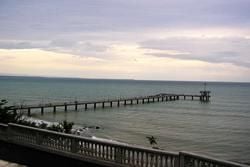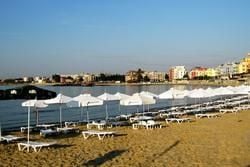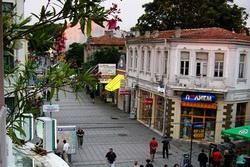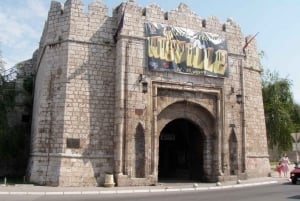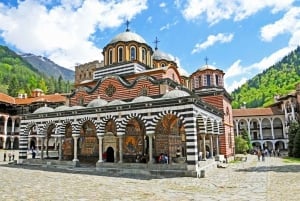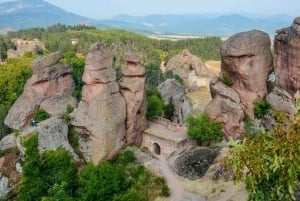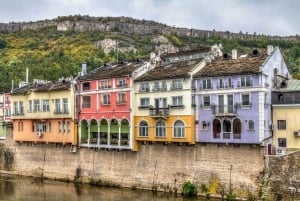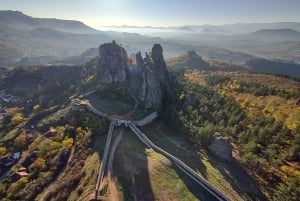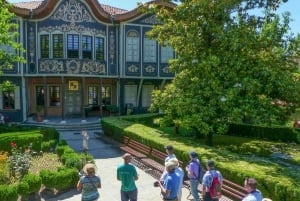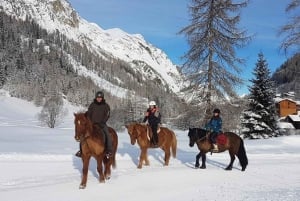Burgas
The Bulgarian East wouldn’t be the same without this pebble in the fine golden sands of the Black Sea Coast - Burgas. It is situated 134 km south of Varna and is the fourth largest city in Bulgaria with a population of around 200 thousand people. Its airport is the second busiest in the country.
Just a day spent there would be more than enough for one to see what this coastal metropolis is all about. It is about the sunny hours of sunbathing and swimming in the morning, the relaxing walks along the cool, shady alleys in the quiet sea garden after lunch, the mesmerizing panoramic views of the sea with its white boats and huge ships in the afternoon and the delicious dinners under the stars, accompanied by the symphonies of the waves in the bistros on the seafront in the evening. And of course the crazy sleepless nights of dancing and partying in the city’s night clubs and discotheques…but this counts only for the more energetic tourists.
The pedestrian streets in the city centre are surrounded by fantastic architectural monuments and neat little houses typical of the National Revival Period and St. Cyril and St. Methodius Cathedral impresses with its exquisite wall paintings and richly ornate wood-carved altar.
If you love music then August is the time to come to Burgas. This is when the Spirit of Burgas music festival takes place. Every year hundreds of musicians and thousands of fans gather together on the central beach of the city to forget about all the annoying everyday banalities and enjoy life instead.
The region around Burgas abounds in fun vacation spots and places of interest that offer a vast array of attractions for tourists to enjoy.
Sunny Beach to the north and Kiten, Lozenets and Ahtopol to the south make up the party zone, while the wild beaches of
Irakli and
Silistar and the little village of Sinemorets are all responsible for creating the perfect atmosphere for peaceful relaxation.
Sozopol and
Nesebar highlight the historical significance and cultural greatness of the region while
Veleka and Ropotamo Rivers demonstrate its natural richness.


